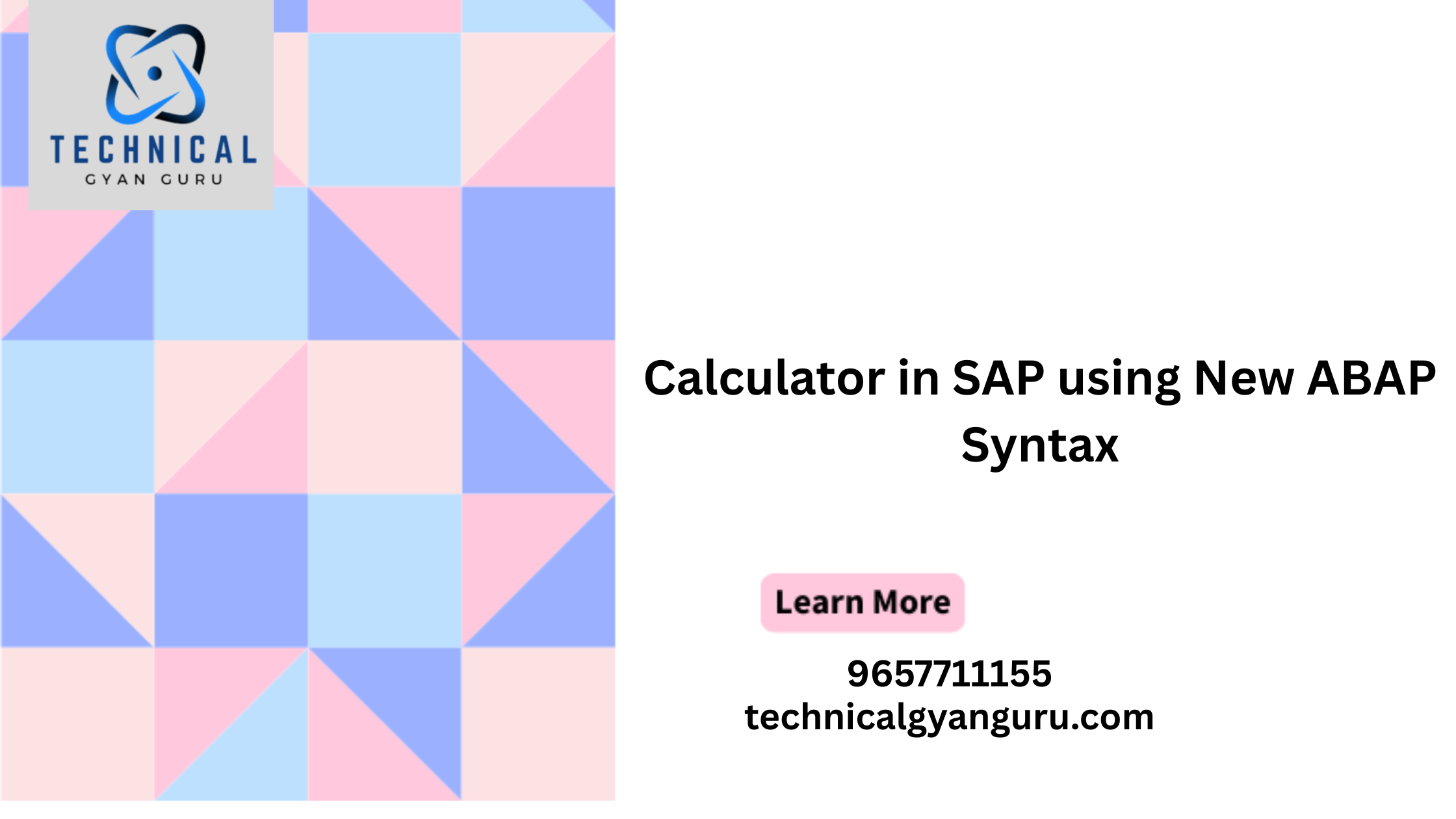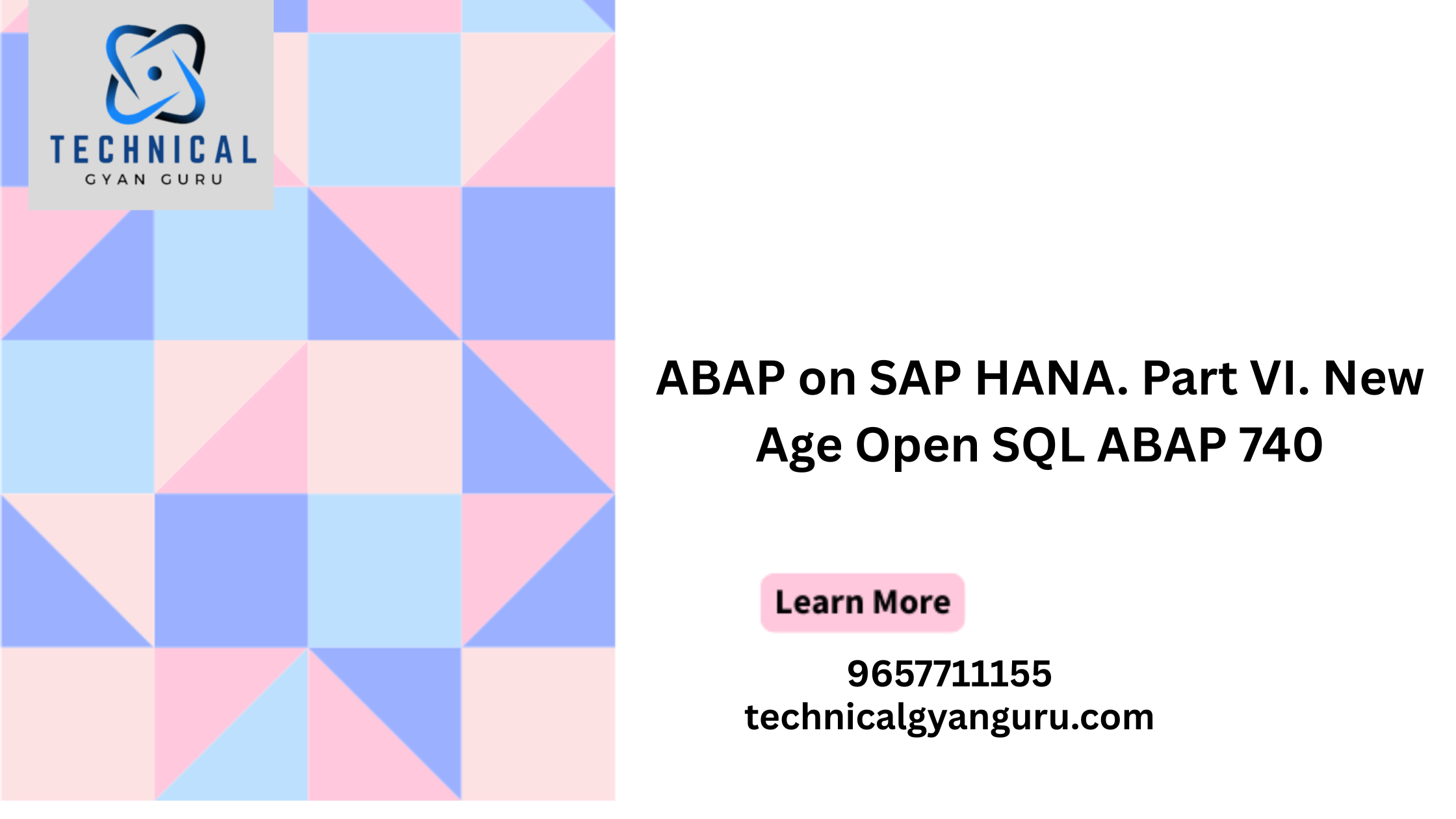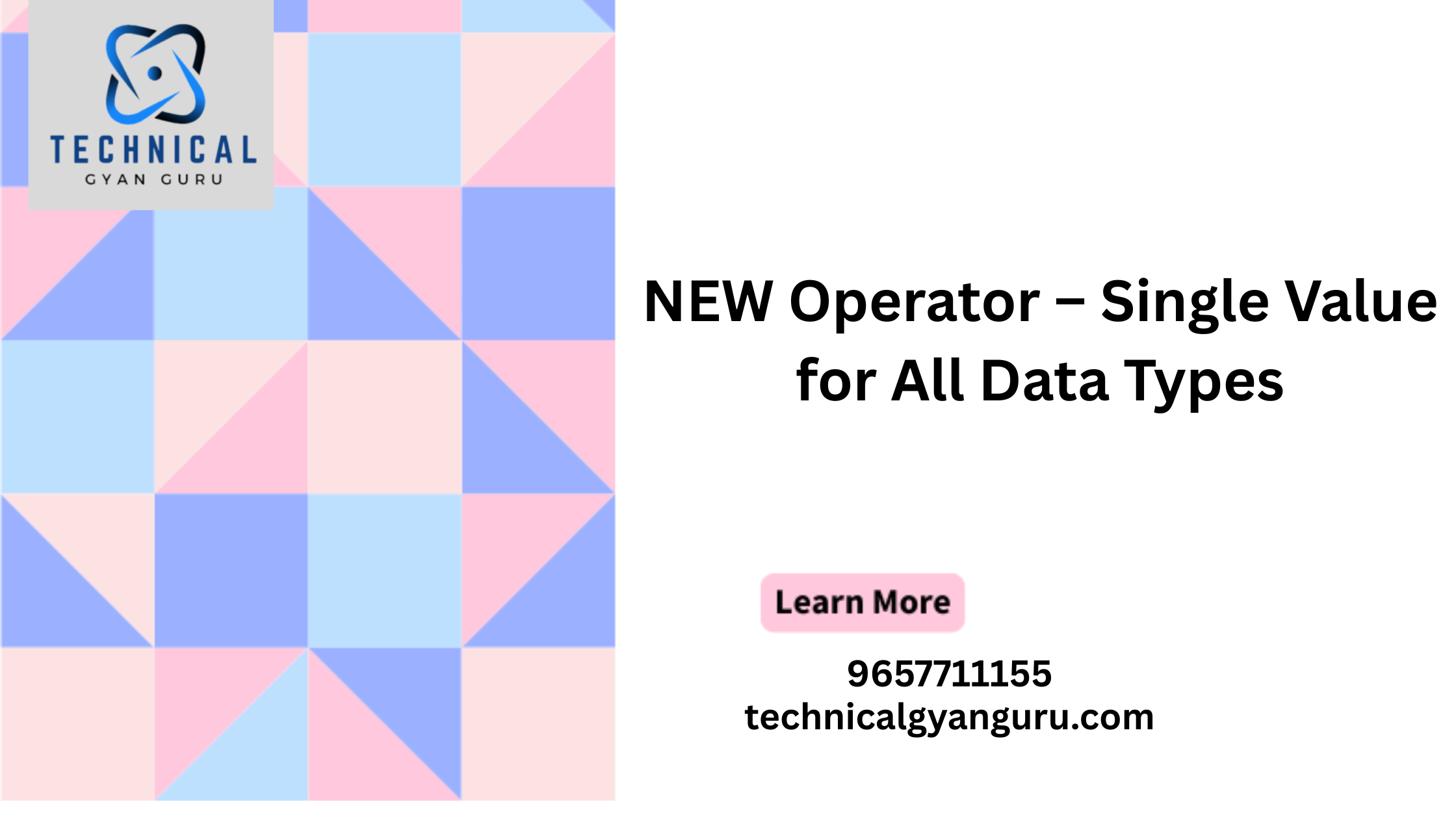Introduction: IT Basis Tables
SAP S/4HANA has become the backbone of many global enterprises, empowering them to automate and optimize diverse business processes. Amid the complex and data-intensive environment of SAP S/4HANA and SAP Fiori, the IT Basis tables serve as the bedrock for seamless business operations. In this blog, we delve into the significance of these tables, emphasizing their role in system administration and the critical need for their protection. Join us as we explore the “TOP 20 SAP Basis Tables with Special Security Needs,” shedding light on why safeguarding this data is imperative and how organizations can bolster the integrity and confidentiality of their information through robust security measures.
The Five Crucial Reasons for Special Protection Needs:
- Data Privacy and Compliance:Tables within SAP S/4HANA house sensitive data subject to stringent data protection regulations and legal requirements. Protecting this data is paramount to ensuring compliance and limiting access to authorized users only.
- Data Integrity:The tables store data crucial for the proper functioning of the organization. Any inadvertent or malicious alterations could lead to operational disruptions and impact the integrity of vital business processes.
- Access Controls:Robust protective measures are essential to restrict access, ensuring that only authorized personnel can interact with specific tables. This not only minimizes security vulnerabilities but also prevents unauthorized access.
- Risk Management:A comprehensive security strategy involves assessing security risks and implementing measures to minimize potential threats to data. A robust risk management framework is vital to safeguard against unforeseen challenges.
- Trade Secrets:Certain tables contain proprietary information critical to a company’s strategic advantage. Protecting these trade secrets is vital to maintaining a competitive edge and preventing potential economic harm.
The 20 Most Critical Base Tables and Their Contents:
- AGR_1251 – Authorization Data in Roles:Contains information about the usage of authorization objects and their values in roles, forming a cornerstone of SAP’s authorization concept.
- AGR_USERS – Role-User Assignment: Provides details about role assignments to users, controlling permissions and access rights within the system.
- CDHDR and CDPOS – Change Logs:Integral to change management, these tables track changes made to specific objects, supporting compliance requirements and traceability.
- DD02L – Table Definitions:Holds crucial information about data objects defined in the Data Dictionary, influencing the integrity of data structures and elements.
- E070 and E071 – Change Information in Transport Management:Manages information about transport requests and change documents of repository objects, ensuring the integrity of the development and change process.
- JEST and JCDS – Status and Change Tracking:Critical for change management, these tables contain information about the status of objects and their change history.
- RFCDES – Table for Remote Function Call Destinations:Stores data about RFC destinations, crucial for secure connections to other systems.
- T000 and T000T – System and Client Information:Contains general settings and configuration data for the entire system, impacting language, date, time, and currency settings.
- TBTCO – Job Status Overview Table: Provides information about the statuses and details of batch jobs, crucial for system management and monitoring.
- TFDIR – Function Modules:Holds essential information about function modules, critical for maintaining the integrity of functions and protecting business processes.
- TADIR – Repository Object Catalog:Contains information about all ABAP repository objects, requiring explicit protection due to its comprehensive nature.
- TRDIR – Program Directory:Provides specific information about ABAP repository objects encapsulated as transactions, listing transaction codes in the SAP system.
- TSP01 – Spool Requests:Houses information about permissions for managing spool requests, essential for output requests generated during various SAP processes.
- TSTC – Transaction Basics Table:Contains data about transaction codes, crucial for controlling access to transactions and preventing unauthorized access.
- USR02 – User Data:Stores essential information about user accounts, including usernames, encrypted passwords, and other user-related data.
- USR40 – Unauthorized Passwords:Holds a list of passwords not allowed for security reasons, crucial for preventing insecure password usage.
Analyzing Critical Access Rights :
Implementing an effective security strategy involves continuous risk assessment and monitoring of system activities and processes. Critical Risk Authorization Framework (CRAF) serves as a valuable tool in this realm. This rule set, based on industry standards and regulatory requirements, facilitates the identification of potential risks and vulnerabilities, enabling organizations to take proactive measures.
Conclusion:
The protection and management of critical SAP Basis tables in SAP S/4HANA are pivotal for ensuring the security and integrity of data and processes. Companies must be vigilant, implementing comprehensive security strategies that go beyond SAP’s standard analysis tools. Solutions like, including alert functions and customized rule sets, to facilitate targeted and clear security monitoring.
In conclusion, understanding the significance of these critical tables and implementing robust security measures is essential. Whether organizations operate on-premises or in the cloud, safeguarding these tables is a fundamental aspect of IT security in SAP S/4HANA. By identifying specific critical tables and managing them with care, businesses can fortify their IT security and minimize the risk of security breaches and data misuse.







